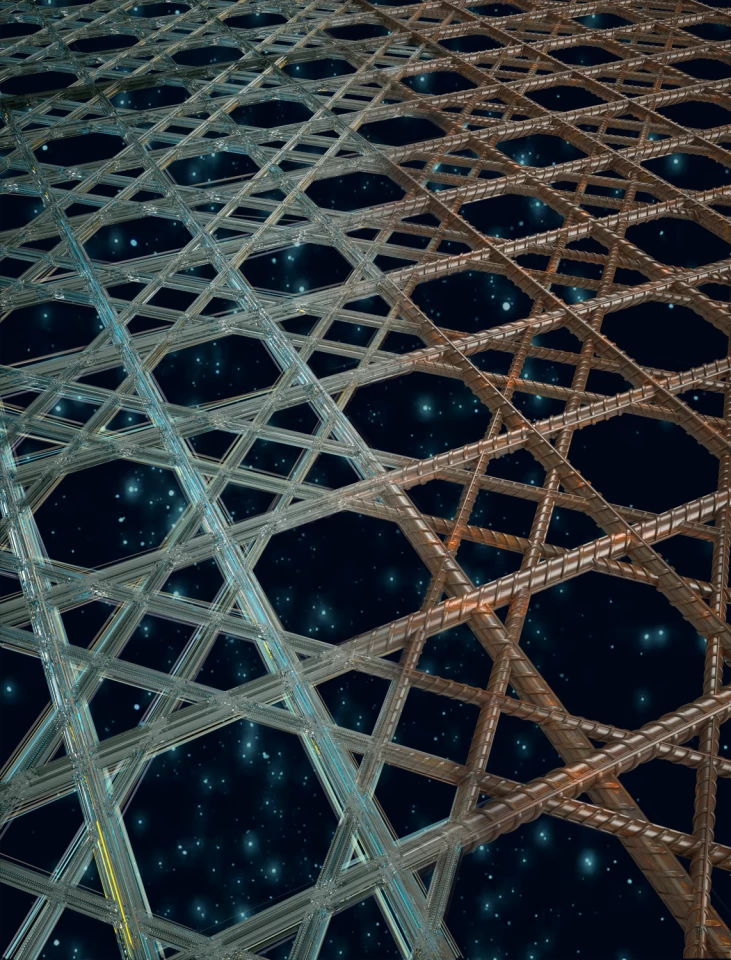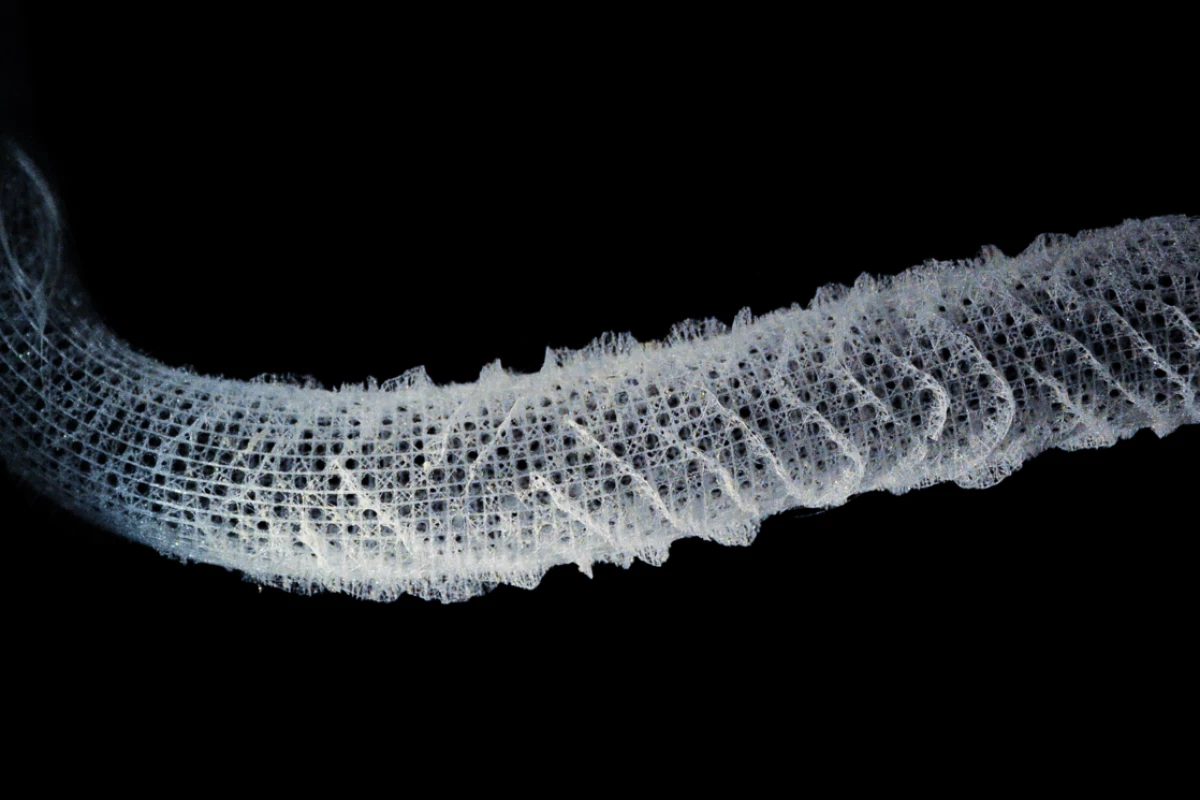From next-generation body armor to new treatments for tuberculosis, marine sponges have plenty to offer the world of science, and now we’re seeing how they might inspire stronger and lighter skyscrapers and bridges. Engineers at Harvard University have demonstrated a new type of load-bearing structure based on the glassy skeletons of these sea creatures, which they say is more than 20 percent stronger than current solutions.
Diagonal lattice architectures are the backbone of typical covered bridges built from light and cheaper materials, making use of tightly arranged diagonal beams to evenly spread the load. Engineers have used this approach since the early 1800s, with the technique also used to support tall buildings and even the metal storage shelves you could find at your local home improvement store. But the Harvard team believes there is room for improvement.
“It gets the job done, but it’s not optimal, leading to wasted or redundant material and a cap on how tall we can build,” says first author of the study Matheus Fernandes. “One of the main questions driving this research was, can we make these structures more efficient from a material allocation perspective, ultimately using less material to achieve the same strength?”
Fernandes and his co-authors from Harvard’s School of Engineers and Applied Sciences (SEAS) have been studying the skeletal systems of marine sponges for more than two decades, and have uncovered some new potential in a species known as Venus’ Flower Basket, or Euplectella aspergillum.
The skeleton of this glassy sponge relies on an intricate checkerboard-style pattern of diagonal struts connected to an underlying square grid, forming a robust structure that supports the creature's tubular body.
“We’ve been studying structure-function relationships in sponge skeletal systems for more than 20 years, and these species continue to surprise us,” says study author James Weaver.

The scientists created an artificial version of this skeletal architecture and, through simulations and experiments, compared its performance as a load-bearing structure to the lattice geometries typically used today. The sponge-inspired architecture outshone them all, improving structural strength by more than 20 percent without the need for additional materials.
“Our research demonstrates that lessons learned from the study of sponge skeletal systems can be exploited to build structures that are geometrically optimized to delay buckling, with huge implications for improved material use in modern infrastructural applications,” says study author Katia Bertoldi.
The team says this architecture provides the “highest buckling resistance for a given amount of material,” opening up some exciting possibilities. This could include new bridges, buildings or even aircraft and spacecraft that make more efficient use of their materials.
“In many fields, such as aerospace engineering, the strength-to-weight ratio of a structure is critically important,” says Weaver. “This biologically inspired geometry could provide a roadmap for designing lighter, stronger structures for a wide range of applications.”
The study was published in the journal Nature Materials, while the video below provides an overview of the research.
Source: Harvard University





